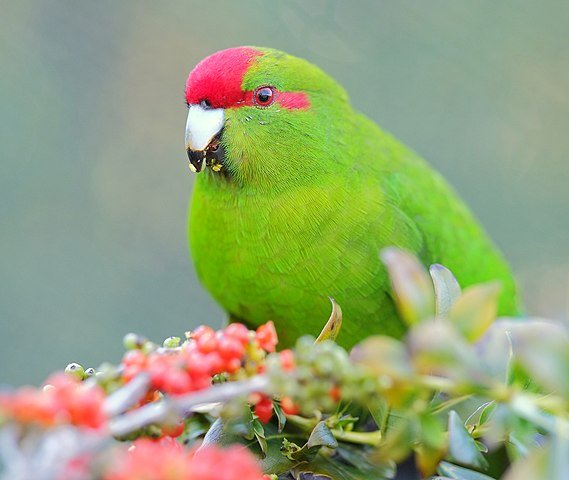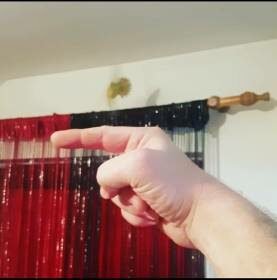The term ‘New Zealand Parakeet’ hardly seems familiar. But if one says ‘Kakariki’, the parrot lovers can recall a little cute fluff ball. And this endearing quality of Kakariki has earned him loads of love from one and all. So who is this parakeet, where did he belong to, and is he a great companion? And if adopted, how should he be raised best? Let’s learn it all.
Kakariki Habitat
Native to New Zealand, there are as many as eight subspecies of the Kakariki parakeet, almost all facing danger of getting extinct due to the loss of their natural habitat. And the major contributing factor to such loss is urbanization and hunting for food. This is the major reason for Kakariki being rarely seen on the main island. But one can spot them on the outlying islands like Chatham, Kermadec, Stewart, Kapiti, Hauraki Gulf, Auckland, and Snares & Antipodes.

Since there are practically zero or just a few tens of inhabitants on such islands, all the species of Kakariki have managed to thrive well here. Also, since open forests and grasslands are their favorite nesting regions, Kakarikis population numbers have been recorded to show promising results on the outer islands.
Kakariki Size and Weight
Appearing small and stocky, Kakarikis are easily distinguishable from other native New Zealand parakeets. They measure anywhere between 7.8 to 11.6 inches from beak to tail. The size may vary depending on the subspecies. Their weight averages at 65 grams, with males being considerably bigger and heavier than their female counterparts. This is the reason that despite being almost similar in color markings and patterns, Kakarikis are considered dimorphic.
Kakariki gender difference
For Kakariki gender difference, just considering the following points helps in successfully sexing Kakariki:
- Males are visibly larger than the females, often weighing around 15 grams more;
- Males have a bigger head and chubby built against the small-headed, dainty hens;
- Males have larger and broader beaks;
- The crimson patch of the male Kakariis are brighter contrary to the duller red of the females; and
- Lastly, even the chicks can be easily sexed by just looking at their beaks. Where cock’s beak is wide, long, and pointed, the female chicks would sport a considerably stunted and shorter beak. The best time to sex a Kakariki chick is when his pin feathers are sprouting.
Kakariki Color and Markings
Like most of the common parakeet species, Kakarikis also primarily sports a bright green plumage. Though there are eight subspecies, just three of them have been reported to survive extinction:
Red-crowned Parakeet
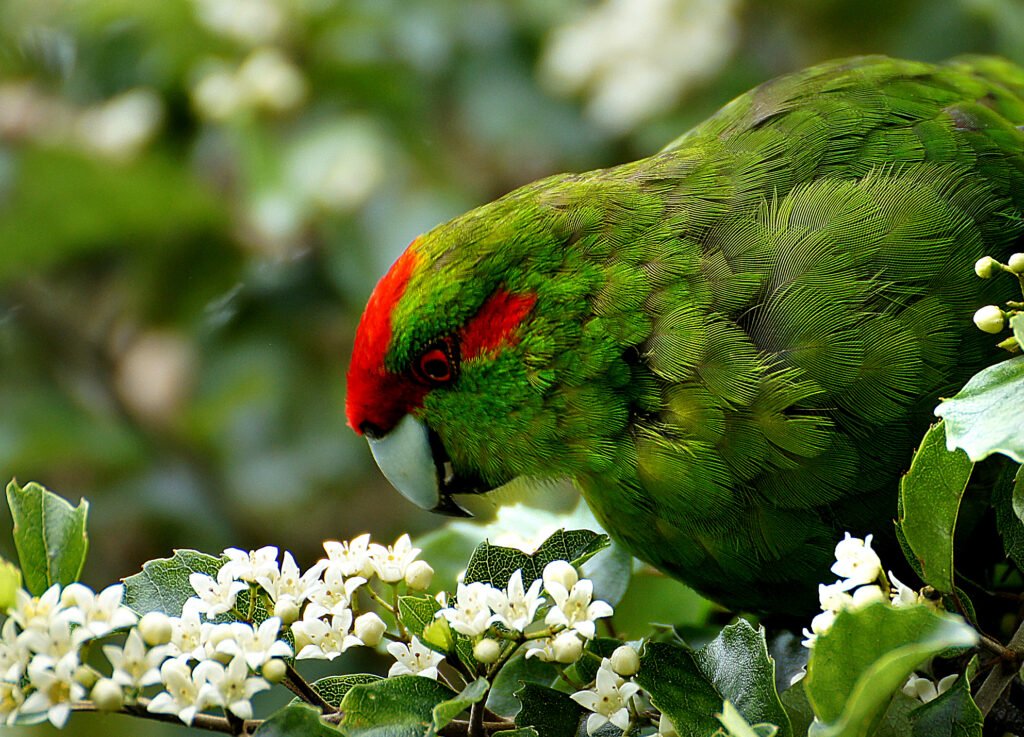
Also known as the Red-fronted Parakeet, this species sports a bright yellowish-green plumage with a crimson crown, forehead, lore, and eye-stripes. Small crimson patches can also be seen on either side of their rump. The outer wings are a darker shade of blue which is more apparent while they are flying. They have a large green tail, grayish-brown feet and legs, orange or red eyes, and whitish gray beaks with black tips. Sexing a female is easy: just look for a yellow stripe on the underwing. These subspecies also happen to be the largest of all the three subspecies (and next in line to the Antipodes Kakariki) and measure anywhere between 10.5 to 11.6 inches.
Yellow-crowned Parakeet– Apart from the usual bright green plumage, they sport a golden crown with a crimson band underlining it. The rest of the colors and markings are similar to their cousins: red-crowned parakeets. Their size ranges between 9 to 9.5 inches.
Orange-fronted Parakeet– Also known as Alpine or Malherbe’s Parakeet, this subspecies is critically endangered. Previously spotted commonly on the main New Zealand island, the orange-fronted Kakariki can only be seen in the valleys of Lake Sumner Forest Park and Arthurs Pass National Park in the South Island of New Zealand.
They are one of the smallest Kakariki measuring anywhere between 7.8 to 9 inches from beak to tail. They sport a distinctive orange frontal band that runs from eye to eye. There is a similar orange color patch on either side of the rump. The forecrown area is of lemon-yellow shade that helps differentiate this subspecies from the red-crowned and yellow-crowned Kakarikis.
Though believed to be extinct now, many locals claim the sightings of the other five subspecies now and then. They are:
- Chatham Parakeet ;
- Norfolk Parakeet;
- Antipodes Parakeet;
- New-Caledonian Parakeet; and
- Sub-Antarctic Red-crowned Parakeet.
Kakariki Color Mutations
Kakarikis probably are the only parrots that earned their name in the pet world courtesy, their color mutations. They were virtually unknown to the world until their two mutations got famous: the Pied Kakarikis and the Yellow Kakarikis.
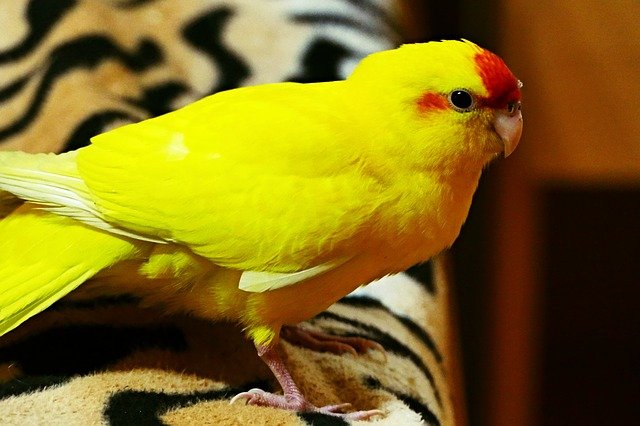
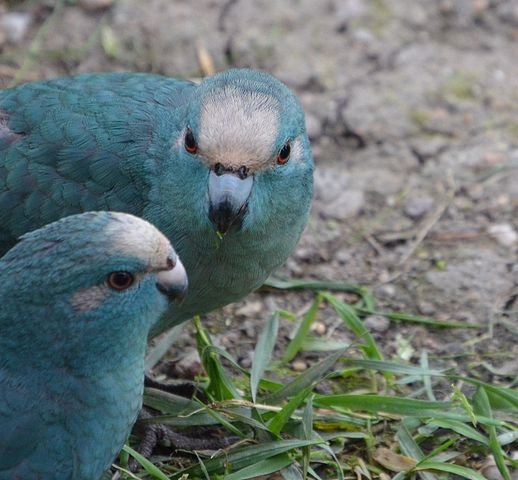
Apart from these world-renowned color-muted Kakarikis, the other mutations are Parablue Mutation, Cinnamon Turquoise, Cinnamon Green, Turquoise, Cream, Spangle, Fallow, Mauve, et al.
Kakariki Personality
Kakarikis have gained prominence in the pet world owing to their playful and fun personality. They are easy-going and low-maintenance that makes them a great beginning pet parrot and one whose kid-friendly too. Here are the key highlights of Kakariki’s personality:
They are a social species and love to interact with humans. When in the wild, they used to forage on the ground near human settlements that ultimately lead to their depletion.
They are extremely inquisitive and anxious about everything in their surroundings. Also, owing to their curious nature, they are great at escaping. So, always double-check the locks and preferably, double lock the cage just like Kakariki owners/breeders do.
Kakarikis are extremely active and enthusiastic parrots and are reported to deliver lightning-fast reactions to their owner’s actions. They can hardly be seen still and calm. They must be specially taken care of while bathing. Bathing brings out their enthusiastic side and they make loads of splashes and display their unique antiques. Hence, the surrounding area must always be safe and secure for the little Kakariki.
Though not cuddly, Kakarikis loves to be petted/scratched on the head while bonding with their human companion. They are very gentle while dealing with humans. They are one of the few parrot species that love the human presence and take the initiative to bond with their human parent.
Kakariki Behavior
Kakarikis aren’t known to be aggressive or loud when it comes to their general behavior. Though they would keep making some murmuring sounds all day long, all such voices are soft, low, and are kept mostly to themselves. This is their way of revising words/phrases that they heard from their surroundings. Hence, they also make a great apartment bird.
Apart from the breeding season, Kakarikis are rarely seen in an aggressive mode. And even then, the aggression is mostly seen in males while they mark their territory. The aggression subsides as the breeding season ends.
Kakariki Breeding
Though Kakarikis attain sexual maturity by the age of just 5 months, they better be not bred until they turn at least a year old. Their breeding readiness can be judged with the female chewing off practically everything and males getting extremely territorial. Adding a small nest box at the rear of their usual cage is the next step to encourage breeding behavior. Adding more leafy vegetables, fruits, par-boiled or soaked grains/seeds would further help in promoting breeding behavior. Eliminate all the dry or fatty foods from the Kakarikis diet if you want the pair to breed.
Clutch- The first clutch is laid approximately 2 weeks after breeding. Kakariis can easily lay 2 clutches every year.
Eggs- The hen lays anywhere between 5 to 9 eggs every day. They are then incubated for around 20-21 days. The female does most of the work while the male takes care of the nest activities.
Fledging- The chicks fledge at around 3 weeks old but they wait for another 2 weeks to leave the nest. That said, the usual time when they are fully-weaned is around 45 days.
Kakariki Care
The most important element in caring for a pet Kakariki is to provide him a cage big enough to accommodate his basic needs. Ensure that:
The cage is big enough for the ever-playful and active Kakariki to take small flights easily. The ideal cage size is at least 2 inches in length, breadth, and height.
There must be feeders for food and water either be hanged or clipped to the bars. Do not forget to have feeders with a lid on since Kakarikis are infamous for scattering their food all over the cage with their feet. This can be linked to their habit of scratching everything rapidly with their feet.
The cage must be cleaned weekly to keep it germ-free. A rinse with soap or disinfectant once a month is also a necessity.
The cage must be fitted with perches of varying lengths and widths at various heights.
There must be multiple toys at all times in the cage to keep his playful side engaged.
Note- Kakarikis enjoy running or hanging upside down from the ceiling of the cage. So, it is advised to keep the cage ceiling wired to let the bird enjoy his favorite pastime.
Kakariki Diet
When in the wild, Kakarikis majorly feed on flowers, buds, shoots, leaves, seeds, especially of sow-thistle and dandelion. They also love eating small live insects for protein intake and small soft rocks to add essential trace minerals to their nutrient profile.
And while indoors, they eat everything they are fed. They are famed as no-fuss eaters. Offer them a variety of food items like vegetables, fruits, soaked seeds and grains, mineral blocks. Spinach, kale, and rocket are a few of their favorite leafy greens. Serve them celery, carrot, and sweetcorn for variety. Strawberries, apples, and grapes are a few great options from the fruits category. Millet sprays, safflower, and sunflower seeds, and mung beans are all cherished equally, though sprouted.
To add to their mineral profile, add a calcium cuttlebone or a mineral block to their cage. Do not forget to maintain an uninterrupted supply of clean drinking water in the cage all the time.
Kakariki Health Problems
It is easy to care for the more commonly petted parrot reeds like budgies and conures. But when it comes to rare petted species like Kakarikis, not much has been documented. To help the new owners, here are the common Kakariki health problems coming straight from the breeders:
Seizures
Kakarikis have been reported to have strange trances and seizures by many kakariki owners and breeders. Such seizures are extremely critical with the bird appearing as dying very soon. However, the pet bird starts acting normal in a few minutes displaying his usual healthy self.
Baldness
Baldness appears to be normal in kakarikis with many birds dropping their feathers quite soon. The molting season sees the growth of feathers that usually last only for about a week. Thereafter, the feathers start to fall again making the bird bald. Rough preening can further aggravate the problem.
Aspergillosis
Though Kakarikis are known to be hardy birds, many breeders have found them to be susceptible to Aspergillosis. The problem usually depends on the existence of spores in the area where these birds live. It has been reported that kakarikis are more likely to pick up these spores and develop infections than many other pet birds.
Kakariki Price
Kakarikis’ recent population increment has a lot to do with their permitted breeding, especially in New Zealand. This has made them an easily-available parrot species across the globe. Hence, the species is no more premium priced. The price of Kakariki varies from $500 to $800 in the US and £25 to £185 in the UK depending on the color mutation.
Note- Since Kakariki is a protected species, do not forget to adopt/own the bird from a licensed breeder.
Kakariki as a Pet
Kakarikis aren’t petted as extensively as African Grays, Budgies, or Quakers. But this is not because they aren’t as good pet parrots as them. They are excellent talkers like them all, especially the male kakarikis. They are great mimics which makes them an ultimate entertainer and hence, a great companion. All one needs is to devote a little time and a lot of love and care to win Kakariki’s unconditional love for 12-15 years.

